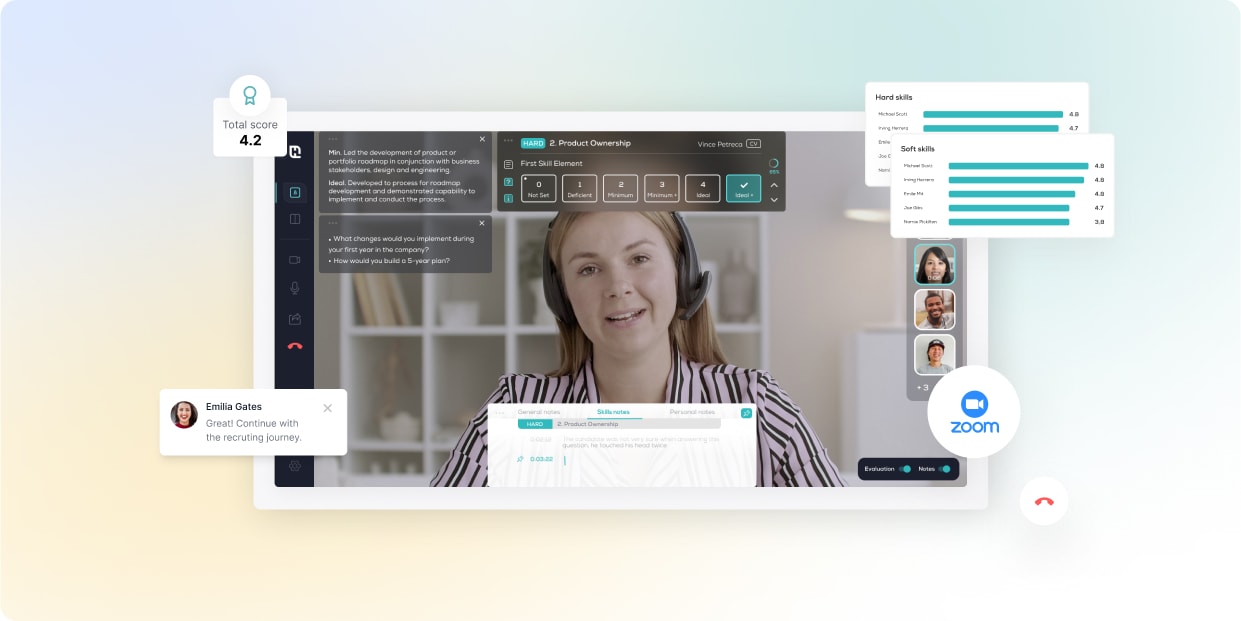
We create innovative and user-centered product designs that enhance functionality and aesthetics.
Digital product design is the process of creating digital products, such as websites, mobile apps, and software, that solve user problems and provide value. It involves understanding user needs, defining the product vision and strategy, and designing the user experience (UX) and user interface (UI) The goal is to create products that are useful, usable, and desirable, while also meeting business objectives.
We conduct a thorough analysis of user needs and preferences to inform the design and development of products. This includes gathering user feedback, conducting market research, and testing prototypes. Our goal is to create products that are not only functional but also resonate with the target audience, ensuring satisfaction and usability. The entire process emphasizes collaboration, iteration, and continuous improvement to deliver high-quality solutions that align with user expectations.
Effective digital product design offers several benefits, such as:
By focusing on user-centered design and following a structured process, digital product designers can create products that solve real problems, provide value to users, and drive business success.
UX (User Experience) design focuses on the overall experience a user has when interacting with a product, including usability, accessibility, and enjoyment. It involves research, testing, and iterative design to create products that meet user needs and goals. UI (User Interface) design, on the other hand, deals with the visual and interactive elements of a product, such as layout, colors, typography, and buttons. UI design aims to create an attractive, intuitive, and consistent interface that enhances the user experience. While UX and UI design are closely related, UX is more concerned with the overall feel and function of the product, while UI focuses on the specific visual and interactive elements.
A product designer plays a crucial role in a development team by ensuring that the product meets user needs, is easy to use, and provides a great user experience. They collaborate with cross-functional teams, including developers, product managers, and stakeholders, to design and iterate on the product. Key responsibilities include conducting user research, creating user personas, defining user flows, wireframing, prototyping, and designing the visual interface. Product designers also participate in usability testing and gather feedback to continuously improve the product. They act as advocates for the user, balancing user needs with business goals and technical constraints to create successful products.
User research is essential in product design as it helps designers understand the needs, preferences, and behaviors of the target users. By conducting research through methods such as interviews, surveys, focus groups, and usability testing, designers gain valuable insights into user goals, pain points, and expectations. This information informs the design process, allowing designers to create products that solve real user problems and provide a better user experience. User research also helps validate design decisions, reduce the risk of building the wrong features, and ensures that the product resonates with its intended audience. Continuously gathering user feedback throughout the design process enables iterative improvements and increases the likelihood of creating a successful product.
Product designers and frontend developers work closely together to bring the designed product to life. Designers create wireframes, mockups, and prototypes that visualize the user interface and interactions. They then collaborate with frontend developers to ensure that the design is technically feasible and can be implemented efficiently. Designers provide detailed design specifications, including style guides, color palettes, typography, and asset files, to help developers accurately translate the design into code. Regular communication and collaboration between designers and developers are crucial to ensure consistency, resolve any technical constraints, and make necessary design adjustments. Designers may also provide feedback and guidance during the development process to maintain the integrity of the design and user experience.